
Resources by Philip Yancey
The Jesus I Never Knew
Whats So Amazing About Grace?
The Bible Jesus Read
Reaching for the Invisible God
Where Is God When It Hurts?
Disappointment with God
The Student Bible, General Edition (with Tim Stafford)
Meet the Bible (with Brenda Quinn)
Church: Why Bother?
Finding God in Unexpected Places
I Was Just Wondering
Soul Survivor
Rumors of Another World
Prayer
Books by Dr. Paul Brand and Philip Yancey
Fearfully and Wonderfully Made
In His Image
The Gift of Pain
In the Likeness of God

ZONDERVAN
IN HIS IMAGE
Copyright 1984, 2008 by Paul Brand and Philip Yancey
All rights reserved under International and Pan-American Copyright Conventions. By payment of the required fees, you have been granted the non-exclusive, non-transferable right to access and read the text of this e-book on-screen.No part of this text may be reproduced, transmitted, down-loaded, decompiled, reverse engineered, or stored in or introduced into any information storage and retrieval system, in any form or by any means, whether electronic or mechanical, now known or hereinafter invented, without the express written permission of Zondervan.
ePub Edition June 2009 ISBN: 0-310-86259-0
Requests for information should be addressed to:
Zondervan, Grand Rapids, Michigan 49530
Library of Congress Cataloging-in-Publication Data
Brand, Paul Wilson.
In His Image / Paul Brand and Philip Yancey.
p. cm.
Includes bibliographical references.
ISBN-13: 978-0-310-35501-4
1. Church. 2. Body, Human Religious aspects Christianity. I. Yancey, Philip, joint author. II. Title.
BV600.2.B674 1984
262'.77
83-23471
Scripture quotations are taken from the Holy Bible: New International Version. NIV. Copyright 1973, 1978, 1984 by International Bible Society. Used by permission of Zondervan.
All rights reserved. No part of this publication may be reproduced, stored in a retrieval system, or transmitted in any form or by any means electronic, mechanical, photocopy, recording, or any other except for brief quotations in printed reviews, without the prior permission of the publisher.
07 08 09 10 11 12 13  47 46 45 44 43 42 41 40 39 38 37 36 35 34 33 32 31 30 29
47 46 45 44 43 42 41 40 39 38 37 36 35 34 33 32 31 30 29
CONTENTS


I first learned about Dr. Paul Brand in 1976 while writing my book Where Is God When It Hurts? As I was ensconced in libraries researching the problem of pain, my wife cleaned out the closet of a medical-supply house and in the process stumbled across an intriguing essay he had written on The Gift of Pain. The author had a unique point of view. Whereas I had interviewed scores of people who wanted desperately to escape pain, Brand told of spending several million dollars trying to create a pain system for his patients. Thank God for pain! he said. I cannot think of a more valuable gift for my leprosy patients.
An orthopedic surgeon, Dr. Brand had spent most of his medical career in India, where he made a dramatic discovery about leprosy, one of the oldest and most feared diseases. Careful research convinced him that the terrible manifestations of that cruel disease missing toes and fingers, blindness, ulcers, facial deformities all trace back to the single cause of painlessness. Leprosy silences nerve cells, and as a result its victims unwittingly destroy themselves, bit by bit, because they cannot feel pain. When he moved to a high-tech laboratory in the United States, he applied what he had learned about painlessness to other diseases, such as diabetes, thus helping to prevent tens of thousands of amputations each year.
Brands ideas so captivated me that I called him out of the blue from Chicago and arranged an interview. We met on the grounds of the only leprosarium in the continental United States (later closed due to budget cuts). Louisiana authorities who founded the hospital in the nineteenth century situated it well away from population centers, and I drove along the Mississippi River for several hours from New Orleans to reach the tiny town of Carville. Laid out in sprawling, colonial style under massive live oak trees, the leprosarium resembled a movie set of a tropical plantation; it had, in fact, been built on the site of an antebellum plantation. Patients on crutches and in wheelchairs moved slowly along double-decker arched walkways that connected the major buildings.
I knew of Dr. Brands stature in the world medical community in advance of my visit: offers to head up major medical centers in England and the U.S., distinguished lectureships all over the world, the hand-surgery procedures named in his honor, the prestigious Albert Lasker Award, his appointment as Commander of the Order of the British Empire by Queen Elizabeth II, his selection as the only Westerner to serve on the Mahatma Gandhi Foundation, his service as an expert consultant to the World Health Organization. His face appeared in the most unlikely places: alongside an article extolling the virtues of bare feet in the consumer magazine Seventeen, as a guest of Johnny Carson on The Tonight Show.
A slight man of less-than-average height and stiff posture entered the room where we had agreed to meet. He had graying hair, bushy eyebrows, and a face that creased deeply when he smiled. In a British accent a striking contrast to the bayou tones heard in hospital corridors he apologized for the flecks of blood on his lab coat, explaining that he had just been dissecting armadillos, the only nonhuman species known to harbor leprosy bacilli. He wore outdated clothes, lived in a rented bungalow on the hospital grounds, and drove an economical, run-down automobile. At heart, Paul Brand was still a missionary, unimpressed by and unaccustomedto relative prosperity and fame.
That first visit lasted a week. I accompanied Brand on his rounds, sitting beside him as he studied the ulcerated feet and hands of patients and visiting the labs that whirred with the sounds of early-generation VAX computers. At night in their wooden house on the hospital grounds, I would share a rice-and-curry meal with him and his wife, Margaret, a respected ophthalmologist. Then Paul would prop up his bare feet, and I would turn on the tape recorder for discussions that ranged from leprology and theology to world hunger and soil conservation. Every topic I brought up, he had already thought about in some depth. He quoted Shakespeare and discussed the derivation of Greek, Hebrew, and Latin words. During breaks he taught me such things as how to select a ripe fig (watch the ones butterflies light on several times, testing, before flitting on to their preferred overripe fruit) and how African weaver birds build their elaborate nests using only one foot and a beak.
The conversations that stand out sharpest to me now are those in which he recalled individual patients, nobodies on whom he had lavished medical attention. When he began his pioneering work, he was the only orthopedic surgeon in the world working among fifteen million victims of leprosy. He and Margaret performed several dozen surgical procedures on some of these patients, restoring rigid claws into usable hands through innovative tendon transfers, remaking feet, forestalling blindness, trans-planting eyebrows, fashioning new noses.
Next page
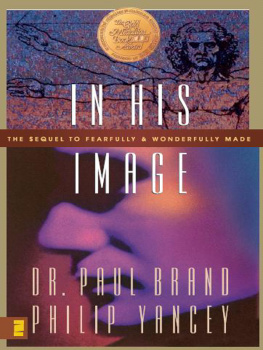
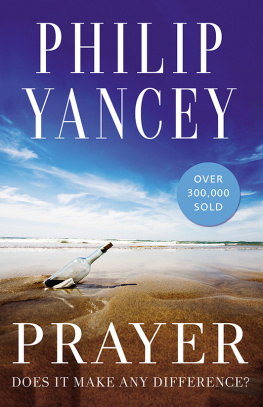
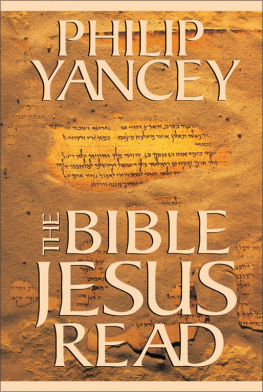
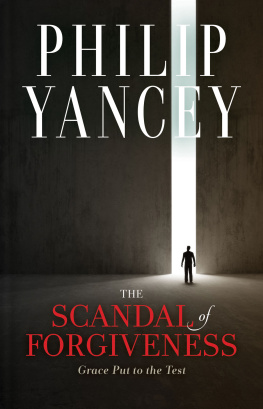
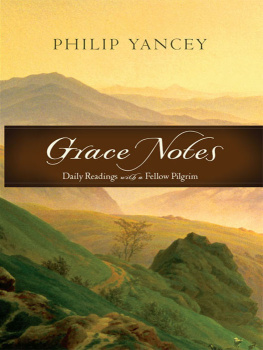
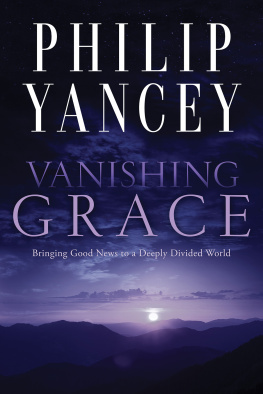
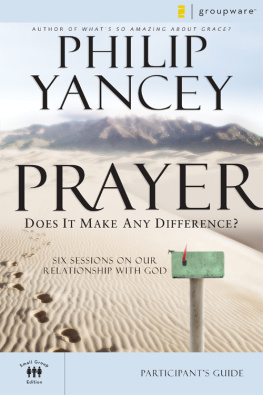


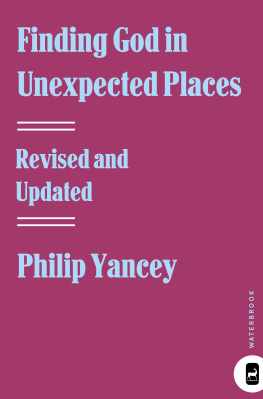
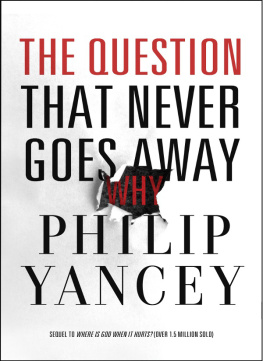
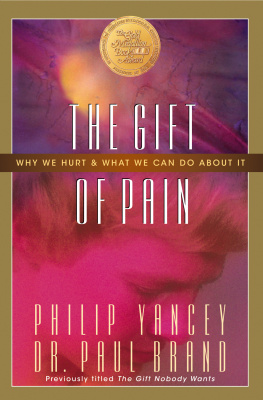
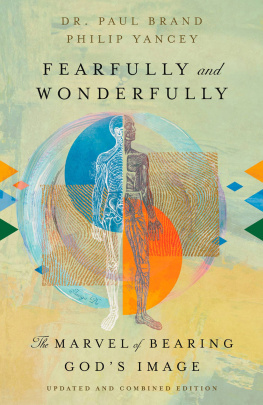



 47 46 45 44 43 42 41 40 39 38 37 36 35 34 33 32 31 30 29
47 46 45 44 43 42 41 40 39 38 37 36 35 34 33 32 31 30 29